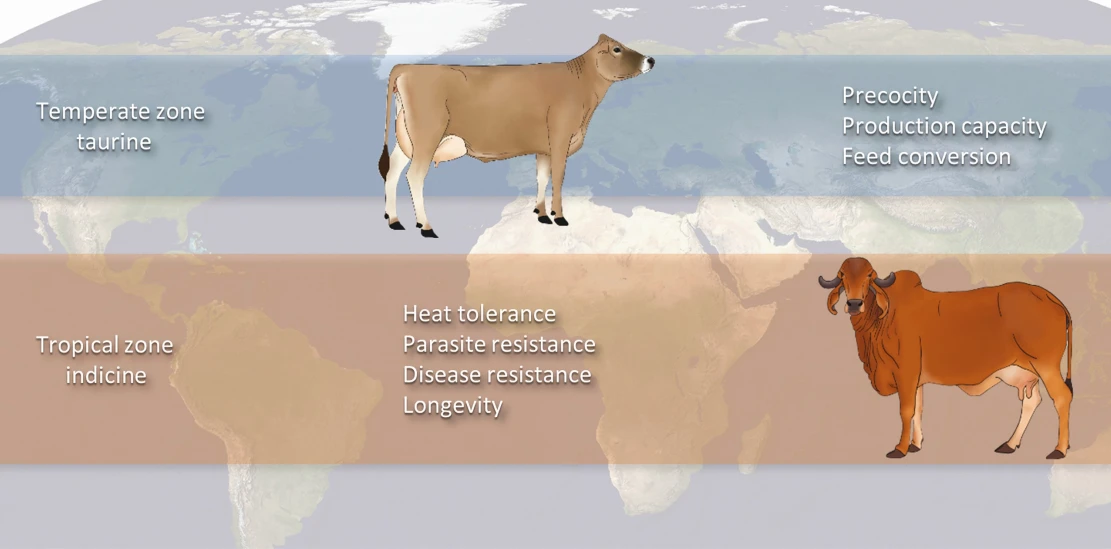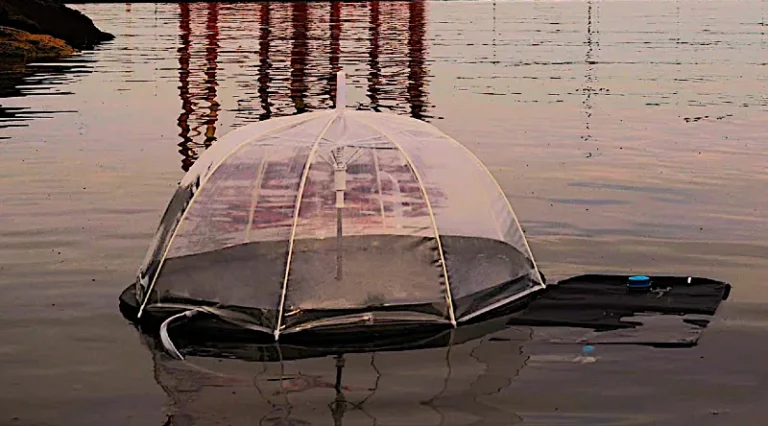In an ambitious move to combat climate change, scientists have broken new ground by breeding cows with an extraordinary capacity for milk production—up to 20 times more than average. This initiative isn’t just about boosting dairy output; it’s a targeted response to the pressing need for climate-resilient farming practices.
Cattle farming’s environmental footprint has been a longstanding concern. Take methane, for example. It’s not just any greenhouse gas; it’s about 28 times more potent than CO2 over a 100-year period. Cows contribute significantly to methane emissions, primarily through belching during digestion. To put it in perspective, a single cow can belch about 220 pounds of methane annually.
Deforestation, another major issue, is often linked to creating pastureland for cattle. When forests are cleared, not only is the carbon stored in trees released into the atmosphere, but we also lose a vital CO2 absorber. This double blow exacerbates the greenhouse effect.
Cow manure management is another environmental hurdle. If not handled properly, manure releases methane and other gases, adding to the carbon footprint of dairy farming. In the United States alone, livestock manure contributes to approximately 10% of all methane emissions.
Lastly, the resources needed to produce feed crops for cattle are staggering. It’s not just about the land – it’s about water and energy too. Globally, about 33% of arable land is used to produce livestock feed. And when it comes to water, about 1,800 gallons are needed to produce just one pound of beef.
In this context, the development of these high-yielding, climate-smart cows is a beacon of hope. It represents a forward-thinking approach to reconcile the need for high dairy production with the urgent demand for environmentally sustainable practices.
Innovative Breeding Strategy: More Milk with Fewer Cows
The quest to make dairy farming more sustainable has led to a novel approach: breeding cows that yield more milk while reducing their overall numbers. This strategy addresses the environmental challenges of cattle farming by decreasing the methane emissions, deforestation, and resource consumption typically associated with maintaining larger herds.
At the University of Illinois, Urbana-Champaign, a team of animal scientists has made a significant breakthrough in this area. They’ve successfully bred cows capable of producing up to 20 times more milk than the average cow. Additionally, these cows have an enhanced tolerance for diseases and pests, making them well-suited for diverse environmental conditions.
This March, the team plans to test their breakthrough on a large scale. They aim to implant 100 of these high-yield embryos into local cattle in two Tanzanian regions, anticipating that the offspring will inherit and express these valuable traits.
Specifically, the researchers will implant 100 half-blood Holstein-Gyr or Jersey-Gyr embryos into indigenous Tanzanian cattle. The calves born will then be inseminated through successive generations to create “pure synthetic” cattle with five-eighths Holstein or Jersey and three-eighths Gyr genetics.

The team knows this will be a long project with years ahead of them. But, pure synthetics are worth the time, grant money, and effort; once the five-eighths/three-eighths genetics are established, they’re locked in meaning, all calves from then on will carry the same genetic ratio.
“The whole idea is to keep the disease and pest resistance linked together with the milk production so that as you breed, those traits don’t separate,” Wheeler said. “That’s going to be the challenge in developing countries; until you get to the pure synthetic generation, there will always be the temptation to breed to the bull down the road, losing the effect.”
Dr. Matt Wheeler, the project’s lead, and a professor in the Department of Animal Sciences at Illinois, emphasizes the importance of maintaining the balance between disease resistance and high milk production. “The whole idea is to keep the disease and pest resistance linked together with the milk production so that as you breed, those traits don’t separate,” he explains. He acknowledges the challenge in developing countries, where there’s a temptation to breed with readily available local bulls, potentially diluting these carefully cultivated traits.

Pioneering Climate-Resilient Dairy Farming: A Global Vision
This groundbreaking initiative spearheaded by the University of Illinois, Urbana-Champaign is more than just a scientific achievement; it’s a crucial stride towards establishing climate-resilient animal agriculture on a global scale. The advanced breeding techniques developed by the team have the potential to revolutionize cattle farming, not only in developing countries, but also in regions facing drastic climate changes.
The innovative approach of enhancing milk production while fortifying cattle against diseases and environmental challenges is a proactive response to the shifting global climate. By introducing tropical traits into high-yielding U.S. cattle, these cows could become more resilient to illness, heat, and drought – factors increasingly pertinent due to climate change.
Matt Wheeler envisions a broader application of these climate-resilient cattle. “These cattle would work very well in Mexico, Texas, New Mexico, and California. Maybe it’s time to start thinking about that now,” he suggests. Wheeler foresees a future where integrating tropical genetics into cattle breeds will be recognized as a pivotal and proactive measure.
More To Discover
The implications of this project extend beyond mere agricultural productivity. It represents a forward-thinking approach to food security, environmental sustainability, and climate adaptation. By addressing the challenges of traditional dairy farming – from methane emissions to resource-intensive practices – this initiative offers a blueprint for a more sustainable and resilient future in animal agriculture.
As the world grapples with the complexities of climate change, projects like these provide a glimmer of hope. They show that with innovative science and foresight, we can reshape industries to be more in harmony with our planet. In years to come, the integration of climate-resilient traits in cattle could well be regarded as a crucial turning point in sustainable farming practices.
















